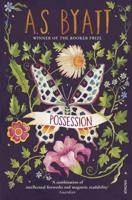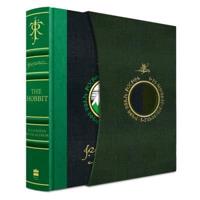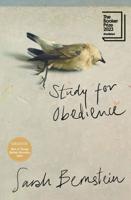Publisher's Synopsis
In Christian theology, the world, the flesh, and the devil are often traditionally described as the three enemies of the soul. As the sources of temptation, they are sometimes opposed to the Trinity. Nevertheless, let those who think themselves to stand, take heed lest they fall, and, with fear and trembling work out their salvation, in labours, in watchings, in almsdeeds, in prayers and oblations, in fastings and chastity: for, knowing that they are born again unto a hope of glory, but not as yet unto glory, they ought to fear for the combat which yet remains with the flesh, with the world, with the devil, wherein they cannot be victorious, unless they be with God's grace, obedient to the Apostle, who says; We are debtors, not to the flesh, to live according to the flesh; for if you live according to the flesh, you shall die; but if by the spirit you mortify the deeds of the flesh, you shall live. The roots of this triad are possibly to be found in Jesus' parable of the Sower: the three scenes of unproductive soil represent "Satan" (birds eating the seed), shallow and unreceptive believers (corresponding to weak "flesh"?), and "the cares of the world and the lure of wealth" (Gospel of Mark 4:15-17). These three are also present as a triad in the Letter to the Ephesians chapter 2, verses 1-3: "You were dead through the trespasses and sins in which you once lived, following the course of this world, following the ruler of the power of the air, the spirit that is now at work among those who are disobedient. All of us once lived among them in the passions of our flesh, following the desires of flesh and senses..." Many Christian sources refer to the world, the flesh, and the devil.Peter Abelard states in his Expositiones that Tria autem sunt quae nos tentant, caro, mundus, diabolus. This early work by Mary Elizabeth Braddon was originally published in 1891 and we are now republishing it with a brand new biography of the author. Braddon also founded Belgravia Magazine (1866), which presented readers with serialized sensation novels, poems, travel narratives, and biographies, as well as essays on fashion, history, science. She also edited Temple Bar Magazine. Braddon's legacy is tied to the Sensation Fiction of the 1860s.Lady Audley's Secret (1862), was first published serially in Robin Goodfellow and The Sixpenny Magazine. One of the earliest sensationalist novels, it sold nearly one million copies during Braddon's lifetime. Its plot involves bigamy, the protagonist's desertion of her child, her murder of her first husband, and her thoughts of poisoning her second husband. The novel shocked and outraged her contemporary, Margaret Oliphant, who said Braddon had invented "the fair-haired demon of modern fiction." Throughout her long literary career, during which she wrote more than 80 novels and edited several magazines, Braddon was often excoriated for her penchant for sensationalizing violence, crime, and sexual indiscretion. Nevertheless, Braddon had many well-known devotees, among them William Makepeace Thackeray, Edward Bulwer-Lytton, and Robert Louis Stevenson. Braddon died in 1915.








